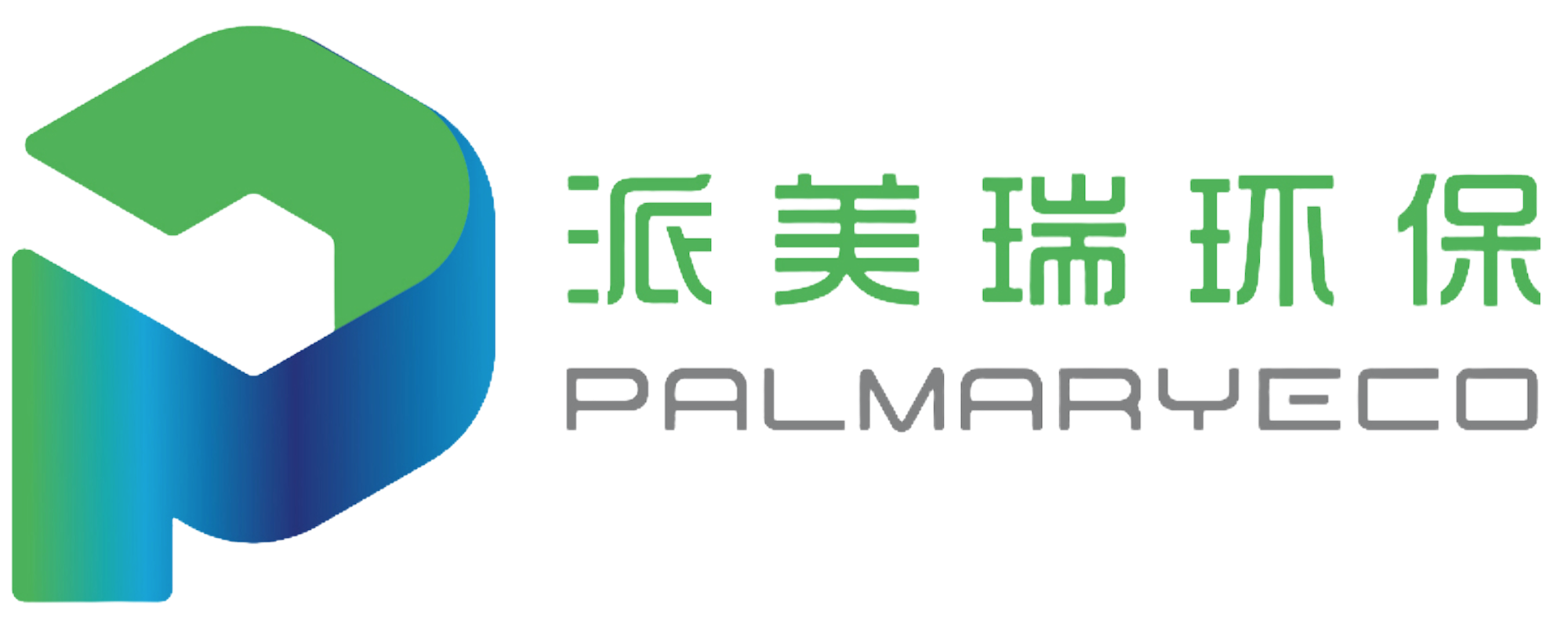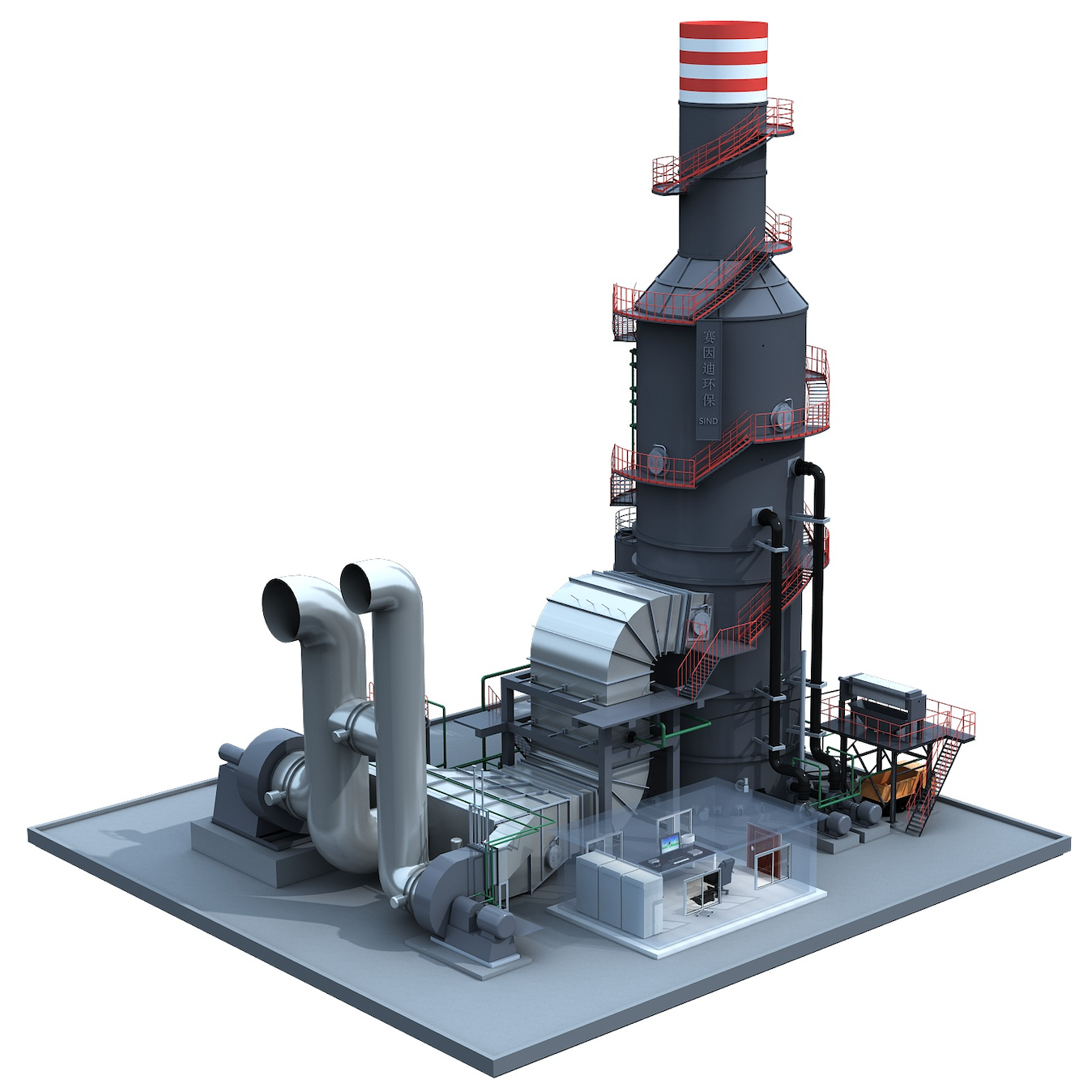SNCR Selective Non-catalytic Reduction
The SNCR using ammonia as the reducing agent is called the De NOx method, and the urea as the reducing agent is the NOxOUT method.
Using NH3 as the reducing agent, the chemical reaction equation for reducing NOx in the temperature range of 900°C to 1 100°C is mainly:
4NH3 + 4NO+ O2 →4N2 +6H2O
4NH3 + 2NO+ 2O2 →3N2 +6H2O
8NH3 + 6NO2 →7N2 +12H2O
The main chemical reaction for reducing NOx using urea as a reducing agent is:
CO(NH2 )2→2NH2 + CO
NH2 + NO→N2 + H2O
CO + NO→N2 + CO2
SNCR is often used in boiler furnaces to reduce NOx emissions to about 200mg/Nm3. On the basis of the reductant preparation, dilution, injection and control system of the SNCR system in the furnace, a flue gas tail denitrification device (SCR) is installed to form a combined SNCR/SCR denitrification process.
For more questions please contact
Email: nick@palmaryeco.com
Phone & Whatsapp: +8618961977750
We will reply as soon as possible.


